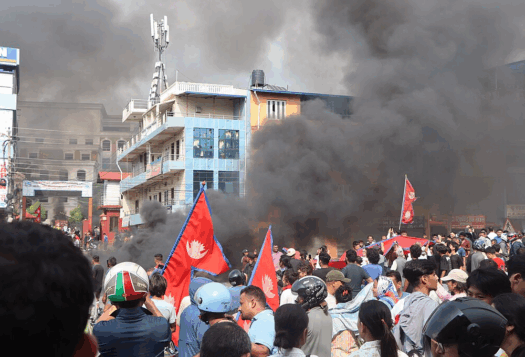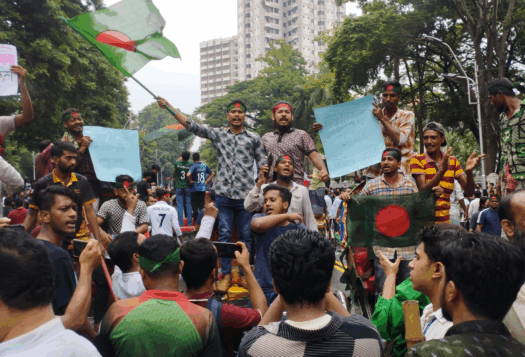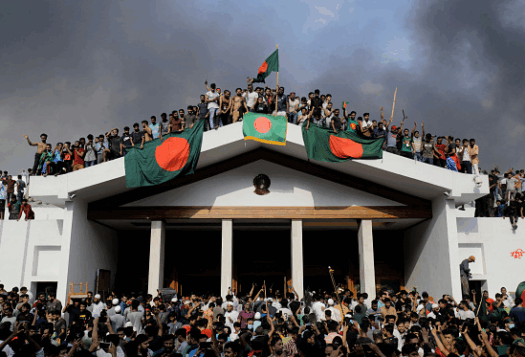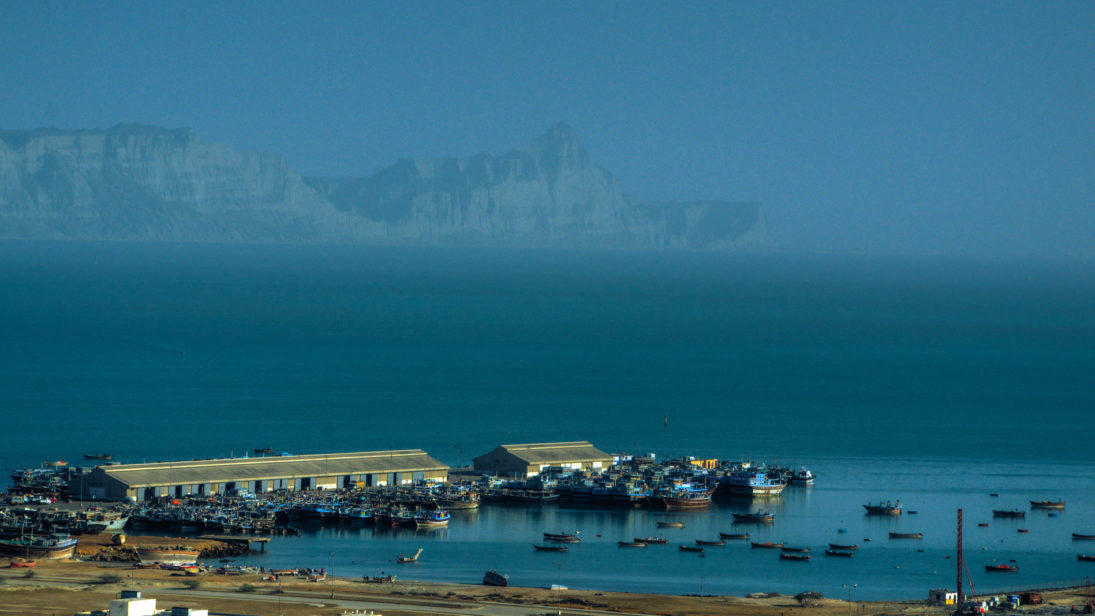
On September 12, during his brief visit to Balochistan’s provincial capital Quetta, Prime Minister of Pakistan Imran Khan hinted at a special development package said to be worth nearly USD $1 billion for southern Balochistan. Subsequently, the federal minister for Planning and Development Asad Umar visited southern Balochistan along with other legislators, reiterating the federal government’s commitment to developing the region. Later, on a November 14 visit to Turbat, the Prime Minister announced the Southern Balochistan project, which aims to create more employment opportunities, highways, dams, electricity, and other developmental infrastructure for the region.
The federal government of Pakistan has planned to spend more than USD $3.5 billion on development projects for nine districts in southern Balochistan during the next three years to improve the living standards of locals. Government officials have also created the impression that one of the aspects of the said package is to “uplift the people most prone to militancy,” to dissuade them from joining the rank and file of separatist groups that are active in the area. However, this package is unlikely to bear fruitful results amid local opposition and may prove short-lived like previous packages.
Development & Militancy in Balochistan
The announcement of the new development package was opposed by mainstream Baloch nationalists parties, which deem such projects as attempts by the central government to increase federal control over the province. Furthermore, the parties were displeased with the use of the term “southern,” which can be interpreted as a way to divide and compartmentalize the province into another entity so that it may be directly ruled by the central government.
The announcement of the new development package was opposed by mainstream Baloch nationalists parties, which deem such projects as attempts by the central government to increase federal control over the province.
On October 16, following the initial announcement of the package, Baloch separatists killed seven Frontier Corps soldiers and seven private security guards in a lethal attack in Ormara town in Gwadar, the epicenter of the China-Pakistan Economic Corridor (CPEC). The next day, militants open fired at security forces in the Kech district of southern Balochistan in an attempt to reassert their power and emphasize their opposition to increased federal control.
Baloch separatists have opposed CPEC since its inception in the fear that foreign development projects would make them a minority in their own province. Following the commencement of CPEC in 2015, the significance of Gwadar and its adjacent areas, where Chinese authorities are heavily investing in CPEC projects, has increased manifold. The increased security presence to safeguard Chinese projects and investors has further escalated Baloch anxieties. Considering the fast-paced development of the region, Baloch separatist groups are said to have reorganized their militant strategy by attacking security forces, and analysts have been raising concerns over increasing violence in the province in 2020. China has proposed negotiations with Baloch groups critical of CPEC but Baloch militants have denied such requests. The new development package has also been argued to be an attempt by the government to garner local support for criticized CPEC projects.
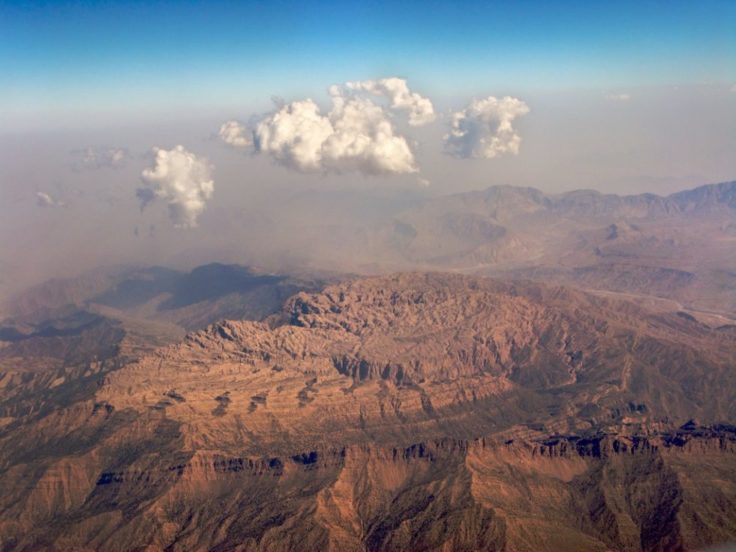
Additionally, as a result of grievances over the distribution of sources worsened by the federal government-pushed CPEC, youth militancy has increased in the region. The deaths of Kech residents Shahdad and Ehsan Baloch, students at Quaid-i-Azam University, during a skirmish with the Pakistani security forces, illustrates the youth’s frustrations with the central government and foreign development.
Previous Development Efforts
Notably, this is not the first time the federal government has suggested a prosperity package for Balochistan. In 2007, the Pakistan People’s Party (PPP) granted Balochistan the Aghaz-e-Huqooq-e-Balochistan Package that combined political, administrative, and economic initiatives to address longstanding grievances of the locals. In 2017, the Pakistan Muslim League-Nawaz (PML-N) granted the Equalization Package that outlined development projects over a 10-year period for Balochistan to bring cities and towns of the province on par with other developed areas of the country. Unfortunately, these development schemes have been unsuccessful. Previous packages were disregarded when former governments completed their tenures. Also, political exclusion and dissatisfaction cannot be solved solely through economic means.
Although the policymakers are well aware of this, their carrot-and-stick approach to secure their own vested interests in the province has pushed the region to the brink of chaos.
The principal reason for social and economic development is to improve the security situation in Balochistan, particularly in the southern belt. Although the southern part of Balochistan has remained comparatively calm over the years, conditions can worsen in the absence of a political solution—the uprisings are not merely due to poverty but have historically stemmed from political agitation. The strategic and economic importance of Balochistan is undeniable. Although the policymakers are well aware of this, their carrot-and-stick approach to secure their own vested interests in the province has pushed the region to the brink of chaos.
Conclusion
To address the aforementioned grievances, locals should be allowed to play a direct role in decision-making and development-planning processes. Importantly, if the federal government wants to develop Balochistan, it is essential to properly implement the 18th Constitutional Amendment. Implementation of the amendment can lead to greater ethnic cohesion through increased provincial autonomy for Balochistan. However, since the PTI government assumed office in 2018, there is talk of rolling back the amendment.
Balochistan makes up almost five percent of the total population of Pakistan. Despite this, the province is plagued with widespread unemployment, poor educational opportunities, and a dangerous lack of health facilities. If the central government directly works with impacted locals, maintains and encourages trade between Balochistan and Iran, and drafts inclusive economic policy to develop the education and health sectors of Balochistan, there will be no need for such elaborate packages. The locals could then work for the prosperity, peace, and development of their province and country on their own. However, sustainable investment that can empower locals remains absent.
***
Image 1: umairadeeb via Flickr
Image 2: Michael Foley via Flickr
